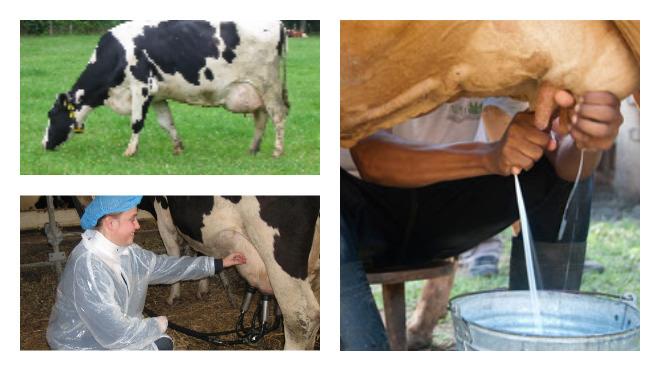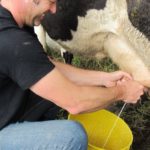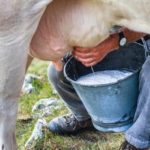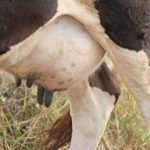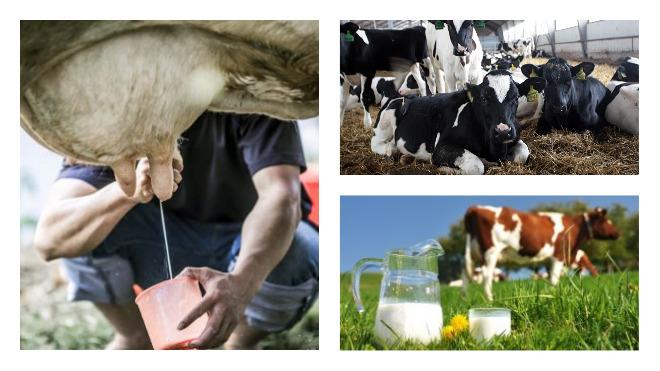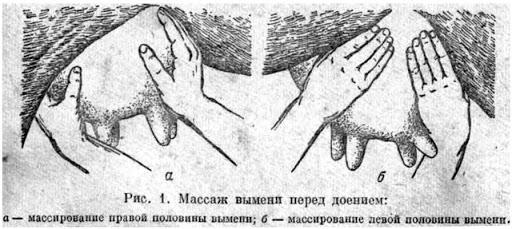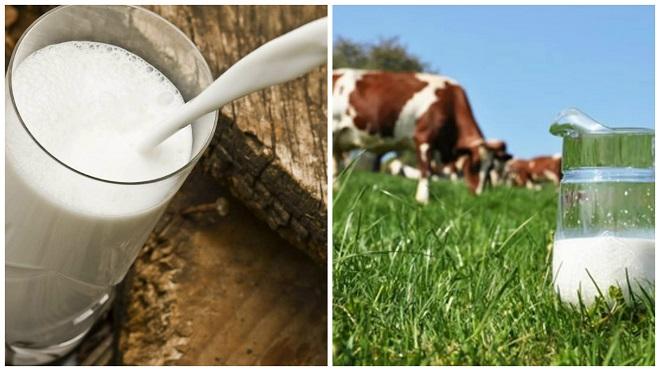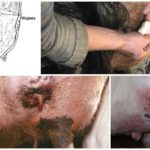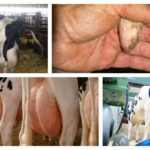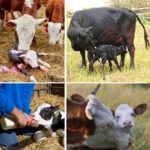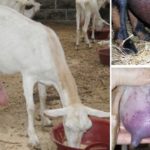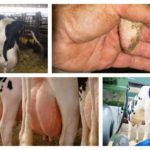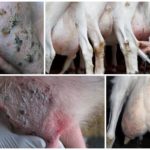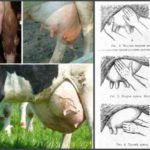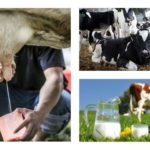Fertilization is a set of measures to increase the milk productivity of cattle. It includes the correct milking technology, udder massage, and feeding. This process of caring for a cow is important because it helps produce more milk from one animal and keeps it healthy. Let's look at how to milk a cow after calving, a video about this on YouTube, how to treat the udder before and after milking, the influence of various factors on livestock productivity.
Features of first-calf milking
After the birth of a calf, only colostrum can be obtained from the cow, which is entirely intended for the calf. The calf should drink it, it should not stagnate in the udder. After a week or a week and a half, milk appears, which can already be donated. That's when you need to start milking.
In cows that calve for the first time, in the first 2-3 weeks after birth, the activity of the mammary gland normalizes and appetite increases. From this time on, the first heifer begins to be fed, she is given the main diet and feed is added to it in the amount of 2-3 feeds. units per individual per day. Increased feeding allows the cow to obtain additional energy. Milking according to this scheme lasts 90-100 days of lactation.
Concentrates (0.4-0.5 kg per 1 liter of milk) and fodder beets (1 kg per 1 liter) are introduced into the diet of first-calf heifers. Approximate composition of the diet: 15-17% - hay, 13-15% - haylage, 15-20% - silage, 12-15% - root crops, 35-40% - concentrated feed. With a milk yield of 30 liters, grain can account for up to 50-55%. If the cow is still growing, then she needs to be fed additionally, giving 1.5-2.5 feeds. units per animal.
Udder care before milking
Before you start milking, you need to wash the udder with warm water so that dirt does not get into the milk. Then dry it with a towel. This should be followed by a massage, which helps to relax the udder, prevent swelling and improve milk production. You need to rub the udder with your hands from top to bottom, starting from the sides and moving to the middle (in the direction of the blood and lymph vessels). Massage the right and left lobes alternately. Massage is beneficial for all milking cows, but especially for first-calf heifers or animals with tight udders.
How to milk a cow after her first calving
Within 2 hours after the calf is born, it must be allowed near the cow to drink colostrum. Then he is allowed in after 6 hours. During the first milking, care should be taken to ensure that there is no swelling, which is often found in first-calf heifers. The possibility of edema formation persists up to 10 days after calving.
Machine milking
It is recommended to milk cows by hand for the first 2 weeks and then accustom them to a milking machine. Preparing the udder should be done in the same way as with manual milking - first wash it and massage it, then put glasses on the teats and turn on the machine.
In the first days, you need to carefully monitor the animal’s reaction; if it is uncomfortable, it is better to milk it manually.
Machine milking is considered more thorough and is recommended if there are several milking animals on the farm. It is also used for milking cows, which is carried out in the intervals between main milkings.
Manual milking
In order for a cow to be milked, she must be accustomed to the process in advance, before calving. A few months before giving birth, regularly touch the udder and do a small massage. This way the animal will not be scared, nervous, and will willingly give milk. Training is especially necessary for easily excitable animals, which may resist milking if they are not accustomed to it.
Manual milking is done with a fist: the nipple is taken in the hand, the index and thumb are clasped around the base, and the nipple is rhythmically squeezed with the other fingers.
First, 2 lobes are sold, then the next 2 lobes.The first streams are poured into a separate container; the liquid contains dirt and bacteria. It is important to ensure that milk is completely removed from the udder. This stimulates further milk secretion, prevents stagnation and the development of udder diseases. The duration of manual milking should not exceed 5 minutes. Massage should be done both before and after milking. Then lubricate the udder with a special cream so that the skin remains soft, elastic and does not crack.
How to milk a cow correctly can be seen in the video.
Recommended milking frequency
A cow needs to be milked 2 or 3 times. If the animal is not very high-yielding, 2 times will be enough - in the morning and in the evening. It is necessary to milk a young cow at least 3 times, because the udder is still hard and not stretched and fills with milk faster.
At home, this is done before feeding. You need to milk according to a schedule, at certain hours, with equal intervals.
First-calf heifers are milked 3-5 times a day. It is recommended to first milk using a machine, this will make the milking more thorough. The udder massage should be light, there is no need to press hard or for a long time. You can switch to deep massage after 2 months of milking.
What affects a cow's milk production?
Hereditary potential and breed. If the heifer is from cows that have produced a lot of milk, you can hope that she will also perform well. Health and physical condition also have a direct impact. A weakened or sick animal sharply reduces milk production.
Among the external factors, productivity is influenced by feeding, the conditions in which the cattle are kept, and the climatic conditions of the area. It is clear that a cow needs nutrients to produce milk, and she can only take them from feed.But, besides this, she needs to support her own body, and also spend energy and substances on the growth of the calf if she is pregnant. If feeding is insufficient, this will primarily affect milk production.
A lot of milk is produced by those individuals for whom the owner has created good living conditions: they stand in a warm, clean, bright barn, go out to pasture or at least to a walking area. Animals that are unkempt or raised only in stalls produce less milk.
Possible problems
After calving, udder swelling is possible in both first-calf heifers and adult cows. This problem can be dealt with by allowing the calf to approach the udder and then milking the remaining milk by hand. If the swelling turns into mastitis, you will have to treat it. To prevent mastitis, you need to give the animal less succulent feed and silage in the last months of pregnancy.
The udder may be dense, in which case massage will help. This is done every time after milking until the seal disappears. You will need to give milk up to 5 times a day. Skillful milking increases the milk productivity of livestock, while improper milking reduces it. How to milk - manually or with a machine - does not matter. But you should definitely carry out preparation - wash and massage the udder, milk until the end. At the first signs of swelling, mastitis, or inflammation, contact your veterinarian.

